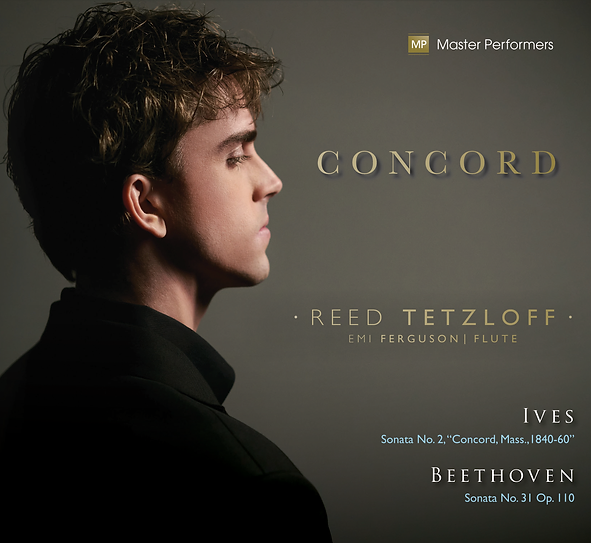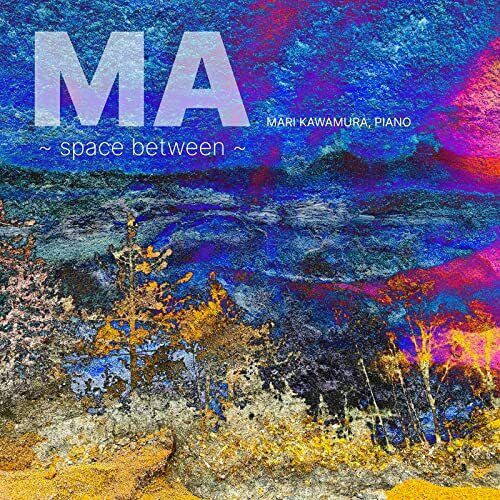Modern classical and avant garde concert music of the 20th and 21st centuries forms the primary focus of this blog. It is hoped that through the discussions a picture will emerge of modern music, its heritage, and what it means for us.
Tuesday, December 27, 2022
Danish String Quartet, Prism IV, String Quartet Music By Bach, Beethoven and Mendelssohn
Tuesday, December 20, 2022
Reed Tetzloff, Concord, Ives Sonata No. 2 "Concord, Mass. 1840-60," Beethoven Sonata No. 31 Op. 110
Mari Kawamura, MA ~ Space Between, New and Classic Music for Solo Piano
Mari Kawamura is a concert pianist with a decidedly singular sort of musical commitment, as we might readily pick up on as we listen to her thought-provoking new anthology of solo piano music. MA ~ Space Between ~ (Furious Artisans FACD6831).
Friday, December 9, 2022
Concordian Dawn, Fortuna Antiqua et Ultra
Tuesday, December 6, 2022
Inviting Worlds, Volume Two, New Works for Large Ensemble, Various Composers
Navona Records flourishes as a lively conduit for New Music and has for some time. Its anthologies of particular categories of newness always promise much and then one listens to each of course singularly to gauge what personal appeal each might offer.
Right now a new title is getting a long listen on my player, namely the Second Volume of Inviting Worlds (Navona NV644). The Janacek Philharmonic Ostrava do the honors with several conductors sharing the podium. It all sounds right.
The label website talks about the rhythmic dexterity and textural nuance of the modern orchestral possibilities here. Indeed the six examples by six emerging and emergent composers brings six varied and eclectically worthy approaches to Modern Mainstream decidedly worth hearing.
It might be better to name the pieces and composers and set you loose on the hearing, since there to me is no particular meaningful patterning that is obvious on the verbal level, except all are tonal, all seem to provide an expression of music in our times. Well the website copy notes that our times are indeed "dark," and that each piece seeks to grapple with the present and its complexities. There is a slight influence of Sacre at times rhythmically and perhaps some of Varesian periodicity of form and then the lyric melodicisms of Copland, Barber, etc. and other things besides but you should listen for yourself and get the thrust of it all in your own listening experience.
Take a listen to "Hope and a Future" by Lawrence Mumford, "Chasse Noir" by Dinah Bianchi, "When Quiet Comes" by Bruce Reiprich, "Gold Lights in Blue" by William Copper, "Rising Up" by Debra Kaye, and the eight part "Paisano Suite" by Richard E. Brown.
By all means give this a listen. I am going to listen to Volume One now so I will be back I suspect happily with that. Volume Two is easily recommended. You help the new voices by hearing this. They need your attention and patronage.




